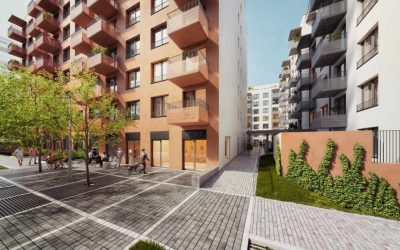Do you see this moment as a major inflection moment? I mean for the economy and for the assumptions we make about running a business?
A lot of things have changed since we last spoke. But thanks to the experience in the last crisis in 2008/2009, we feel more confident this time. I don't think there's a serious situation on the market because a majority of the companies are healthy and are performing great. They're fully capable of judging what's possible in terms of investment and development. What's changed is the new . . .
------------------------------------------------------------------------------
Subscriber content
Archival content is available to subscribers only. If you have a membership subscription and are are experiencing issues logging in, please try the login below:
If you're interested in reading further, why not gain full access to the archives by subscribing?
Order your subscription here and we'll send you an invoice.
Annual memberships (€100/yr) can also be paid for by credit card, or you can pay month-to-month by clicking here.






